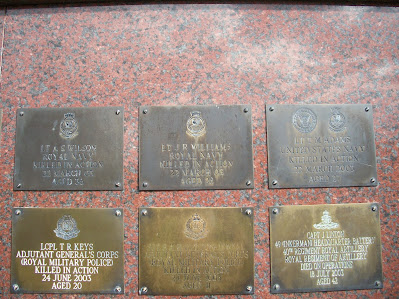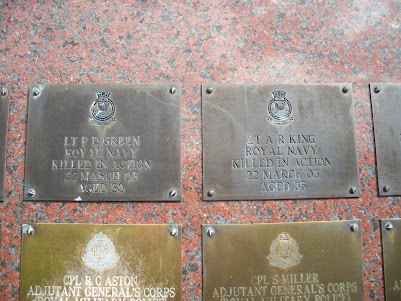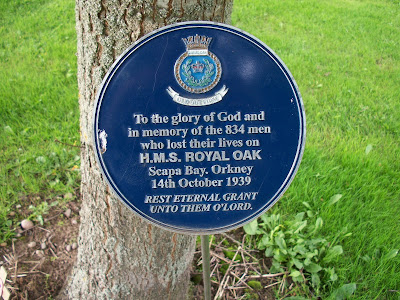The gang took their time with the plot, bringing equipment in over several weeks to cut through the building and the safe. A good robbery takes a lot of planning, and good planning takes time. On 16th December the robbery plan was swung into action, but the amount of drilling and noise that was being made alerted people walking past and it was brought to the attention of a passing policeman.
Further suspicions were roused when a member of the gang was seen acting strangely and so further police officers were called, by now a group of them were gathering near to the shop. One of the adjoining houses was knocked on to see if there was anything going on, not realising that a previous officer had already done this and had alerted the gang to the police presence. By now the robbers were surrounded, but things took a turn for the worst very quickly.
The robbers decided to make a run for it and opened fire on the police officers, killing one and injuring two more. As they appeared in the street they shot their way out of the area, injuring a further two officers, but not before one of the robbers was wounded and had to be carried away by his associates. The injured police officers were taken to theThe deaths of Sergeant Charles Tucker, Sergeant Robert Bentley and Constable Walter Choate was now a huge murder hunt, a gang was on the loose that had cruelly cut down three police officers in their line of duty. Investigations showed that foreign gang members were to blame, cemented by the later discovery of the body of one of them as robber George Gardstein had succumbed to his injuries in the fire fight and his body left for the local doctor to discover after the gang had called on him for help saying he had been shot accidentally by a friend. The police were quick to find that he was the one injured in the shootout.
Home Secretary Winston Churchill turned up to see for himself the situation, but things were about to escalate even further when smoke was seen coming out of the building. The building was soon an inferno, the cause of the fire never being determined, but the shooting stopped and nobody was seen to leave the house. Eventually the fire teams gained access and found two bodies, but as the building collapsed it fell on several of the rescuers, one of whom died six months later.
The whole episode was a tragedy that left 7 dead (3 police,
1 fireman, 3 gang members) and left a mark on the City of





















































